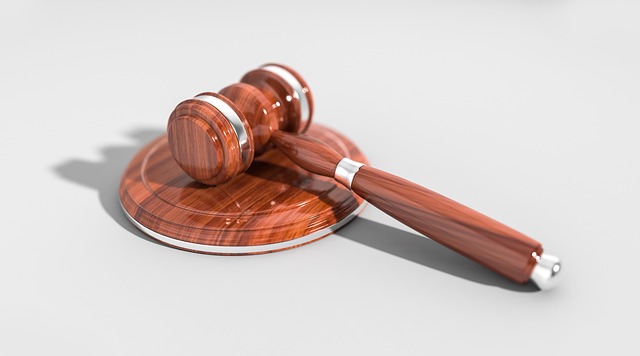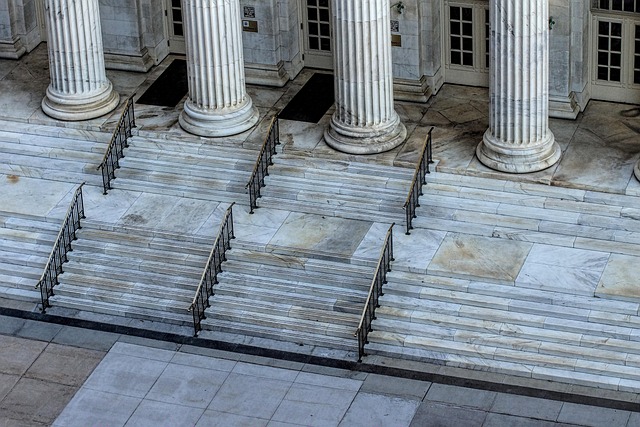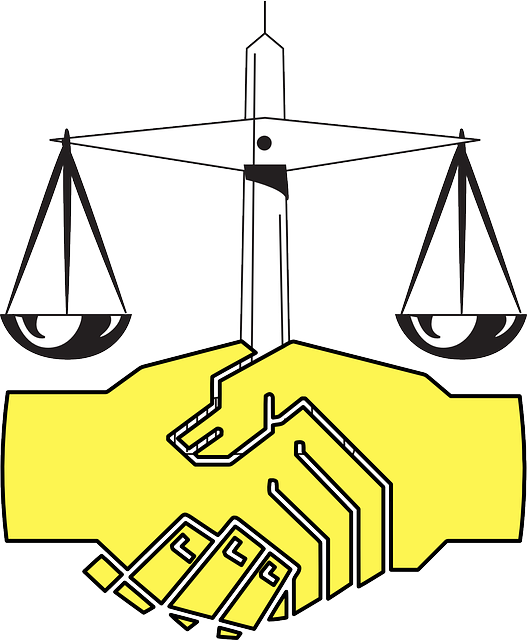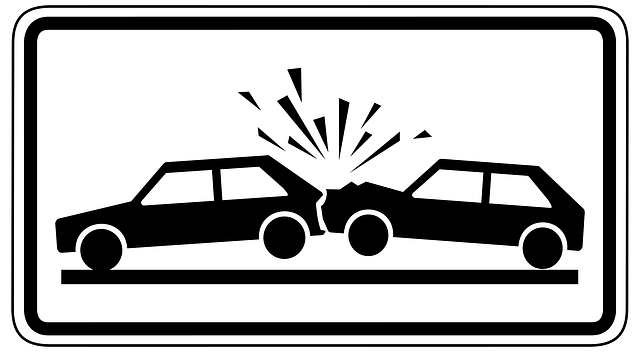Determining liability for sidewalk trip and fall accidents varies by local jurisdiction, with property owners generally responsible for maintaining safe sidewalks. Regular inspections are crucial to avoid financial burdens from injuries caused by hazards like cracks or debris. Consulting a qualified attorney is essential in insurance coverage disputes or real estate litigation arising from such incidents. Understanding jurisdiction-specific rules, including fiduciary duty and public space maintenance, is key for victims to know their rights and pursue legal remedies. Both property owners and pedestrians have responsibilities; pedestrians can seek legal recourse under negligence law if injured by hazardous conditions, while property owners must maintain premises safely through regular inspections and prompt repairs. Documenting evidence and seeking legal counsel help navigate recovery options under local laws governing sidewalk trip and fall incidents.
Sidewalk trip and falls are a common concern, but understanding liability varies greatly by local jurisdiction. This comprehensive guide delves into the intricate world of sidewalk trip and fall laws, offering a clear overview for both property owners and pedestrians. From general principles to jurisdiction-specific rules, we explore the rights and responsibilities that shape these legal landscapes. By understanding these nuances, you’ll be better equipped to navigate potential risks and know your entitlements in case of an accident.
- Understanding Sidewalk Trip and Fall Liability: A General Overview
- Jurisdiction-Specific Laws: Where Do They Stand?
- Rights and Responsibilities of Property Owners and Pedestrians
Understanding Sidewalk Trip and Fall Liability: A General Overview

In many cases, determining liability for sidewalk trip and fall accidents is a complex legal matter that varies by local jurisdiction. Generally, property owners are held responsible for maintaining safe sidewalks on their premises. This includes regular inspections to identify and rectify potential hazards such as cracks, uneven surfaces, or debris. Failure to do so can result in substantial financial burdens, especially when injuries occur due to these conditions.
Understanding the legal frameworks governing sidewalk trip and fall incidents is crucial for both property owners and individuals who sustain injuries. In the event of an insurance coverage dispute or real estate litigation arising from such accidents, consulting with a qualified auto accident attorney becomes essential. They can guide parties through the intricate legal processes, ensuring that rights are protected and justice is served.
Jurisdiction-Specific Laws: Where Do They Stand?

Different jurisdictions have distinct laws regarding sidewalk trip and fall incidents, which can significantly impact the legal process and outcomes for victims. These laws vary widely in terms of who is held liable—property owners, businesses, local governments, or even third parties—and the specific circumstances under which liability is assigned. For instance, some areas may strictly hold property owners accountable for maintaining safe sidewalks, while others might impose a higher burden on injured parties to prove negligence.
Understanding these jurisdiction-specific laws is crucial when dealing with potential slip and fall injuries. Concepts like breach of fiduciary duty from employment contracts or the responsibility of local governments to maintain public spaces are all part of this legal landscape. Navigating these nuances ensures that individuals affected by such incidents know their rights and options, enabling them to pursue appropriate legal remedies effectively.
Rights and Responsibilities of Property Owners and Pedestrians

In cases of sidewalk trip and fall incidents, understanding the rights and responsibilities of both property owners and pedestrians is paramount. When a pedestrian suffers an injury due to a hazardous condition on someone else’s property—be it a cracked pavement, uneven steps, or a poorly maintained handrail—they may have legal recourse under what’s known as “negligence law.” This means the property owner could be held liable for failing to maintain their premises in a safe manner.
Pedestrians have the right to expect safe passage on public walkways and should not suffer injuries due to another party’s negligence. Conversely, property owners have a duty of care to ensure their premises are free from unreasonable hazards. This includes regular inspections and prompt repairs. In the event of a sidewalk trip and fall—or any accident resulting in car accident injuries or auto accident injuries—it’s crucial for both parties to document evidence, exchange contact information, and seek legal counsel to understand their client recovery options under local jurisdiction laws.
In conclusion, understanding local jurisdiction laws regarding sidewalk trip and falls is paramount for both property owners and pedestrians. Each area has its own set of rules dictating liability, responsibilities, and rights in these incidents. Being informed about these nuances can significantly impact outcomes and ensure fair resolution for all parties involved in a sidewalk trip and fall incident.






